Architects: Wenk and Wiese Architects
Location: Berlin, Germany
Client: Michael Elmgreen & Ingar Dragset
Project year: 2008
Photographs: Udo Meinel & Nils Wenk
History
The building was erected 1925/26 as an extension to the first pumping station in Berlin´s Neukoelln district (then called Rixdorf) dating from 1893. In 1993 new facilities were built on the adjoining premises and the old pumping station was decommissioned. Subsequently most of the machinery that had already been replaced in the 1950s was dismantled, only an old air vessel was retained as a relic from times of steam-powered technology. In 1989 the former pumping station was placed under preservation order.
In more then 13 years following the closedown it was not possible to find a use for the building, mainly because of it´s location, the exceptional size of the hall and the lack of a second escape route for the upper storeys. There had been a surevy commissioned by the preservation authorities in 2002 that included major concessions such as new staircases within the hall and big dormers on the roof, but still no one could be found to buy it. It was only in early 2006, when berlin based artists Michael Elmgreen and Ingar Dragset caught sight of the house through an online real estate service and spontaneously decided to make it their new headquarters.
Existing structure
The structure generally consists of three sections: The main hall, measuring over 13m in height, that had originally provided space for the vast pumping equipment, with sliding cranes above the machinery for maintenance. Four smaller storeys in the northern part of the building, that had contained a workshop, secondary rooms and the staircase, and the attic which had not been used before the conversion and which only provided basic lighting by a few small dormers. The roof rests upon an impressive Polonceau-structure from which the main hall´s ceiling is also suspended allowing for a column free span over the hall.
Conversion
The former machine shop in the hall serves as atelier space and gallery now. Together with the historic dark tiles the new asphalt flooring establishes a clearly defined horizontal space for the artists´ mainly three dimensional work, contrasting the vertical windows opening the hall towards the mature chestnut trees surrounding the building. To adapt the house to the artist´s needs the cranes were amplified to wide platforms on which their employee´s desks are now located, providing good lighting conditions and a nice view of the artwork in the hall at any time. The platforms could be retained mobile and can be moved above the hall, allowing to adjust the room´s appearance and lighting according to different occasions. The railings of the new catwalks can be opened as to allow access to the platforms at any position.
The thickness of the hall´s backwall was enough to shape an opening that connects the workspace on the former cranes to the conference room on the third storey as a stairway within the wall. The small secondary rooms on the upper storeys were merged by removing a loadbearing wall. By this it was possible to provide large rooms alongside the north façade. The new concrete beams are blended into the existing structure without emphasising the intervention. Some big ventilation ducts of the new pumping station that run through the storeys are hidden behind the bathrooms, by which – together with the staircase - the rooms get a symmetrical shape analogue to the other spaces in the house. The rooms above and underneath the conference room are Michael Elmgreen´s and Ingar Dragset´s private spaces.
The attic was made usable by reinforcing the floor above the hall with a tier of wooden beams. The steel construction could be retained by applying a fire-protection coating. Horizontal tensile members of the trusses were removed and replaced by new ones that are now hidden within the tier of beams. By this the room was opened up to the apex with the steel construction now forming a long and tall room that runs from the northern to the southern hip of the roof. On the south side a big skylight of 2,80 by 6,00m was implemented that can be slid open vertically, converting the lounge into an internal roof terrace.
The number of materials used for the conversion is very low. All floors up to the fourth storey were covered by asphalt linking the surface to the industrial history of the building. In the hall it was kept rather rough and coated transparently. On the upper storeys it was sanded with very fine siliceous sand and the coating is pigmented black to adjust the surface to the smaller size of the rooms and have it finer and smoother for the more private use here. In the attic there is a black oak flooring according to the more homely atmosphere of the living spaces. All walls and ceilings are painted white except the staircase, where the walls got a deep black coating. The white surfaces support the open structure of the slender windows and create a bright and open ambiance whilst the black floorings embed a massive base into the rooms that clearly sets the boundaries of the inside. The staircase was converted into a vertical gallery, highlighting the artists´ personal collection of artwork by contrasting it with a black background.
Methodology
The methodology for the conversion approaches the existing building in an analogical manner, the intention was to perpetuate the building´s original design according to the new use and contemporary perception. Hence the interventions had to be implemented cautiously, yet confidently. Rather than contrasting the existing architecture with a trendy concept, the design seeks the fine line between the familiar and the unfamiliar. Many new elements in the house don´t appear to be new at first sight – without pretending to be historical. The building´s identity was retained and underlined. Yet by only few singular means the industrial interactiveness is broken up and the longitudinal axis is accorded an emphasis, that creates a solemn atmosphere regarding the new use as an art space.
- © Udo Meinel
- © Nils Wenk
- © Udo Meinel
- © Udo Meinel
- © Udo Meinel
- © Nils Wenk
- © Nils Wenk
- © Nils Wenk
- © Udo Meinel
- © Udo Meinel
- © Udo Meinel
- © Udo Meinel
- © Udo Meinel
- © Udo Meinel
- © Nils Wenk
- © Udo Meinel
- © Udo Meinel
- © Udo Meinel
- attic floor plan
- ground floor plan
- section 01
- section 02
- section 03
- section 04
- site plan
- storey floor plan 01
- storey floor plan 02
- storey floor plan 03

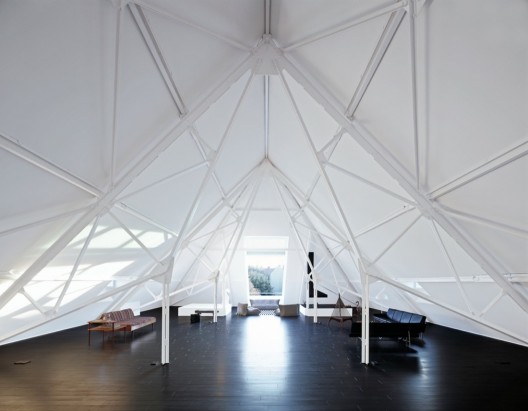
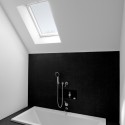
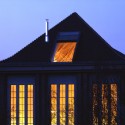
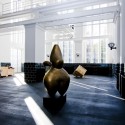
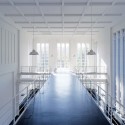
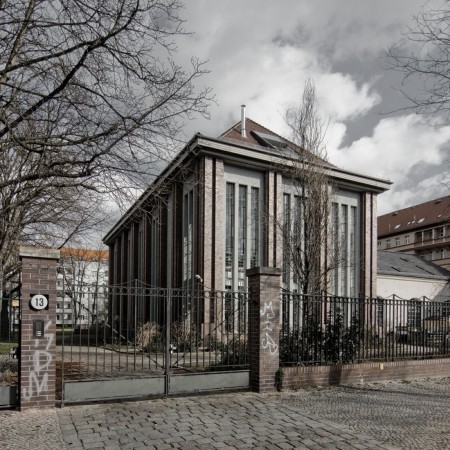
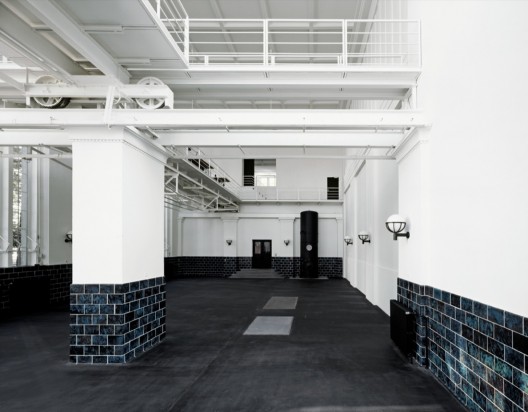
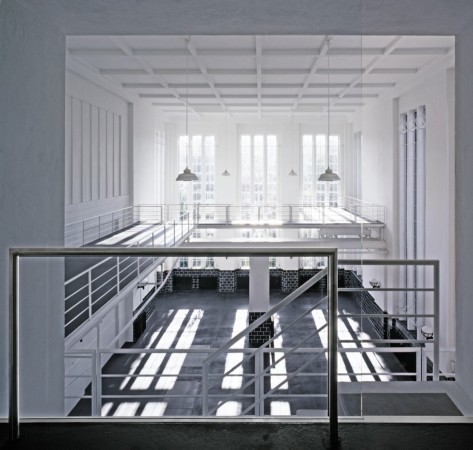
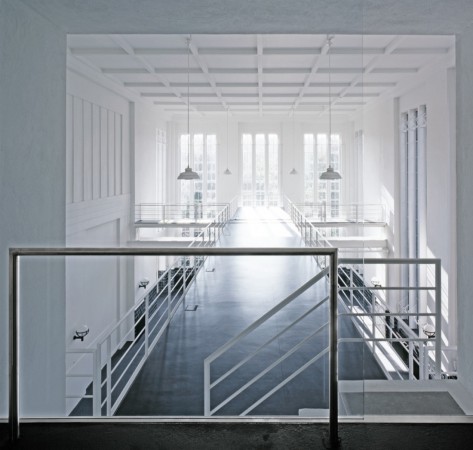
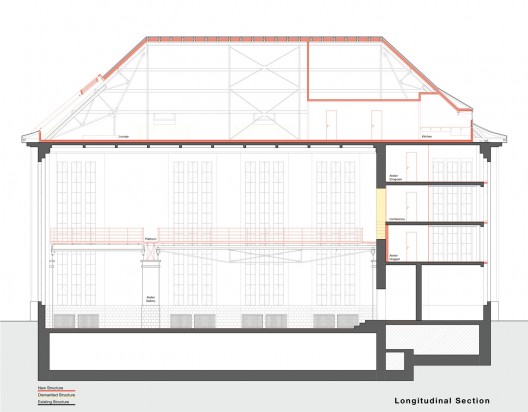
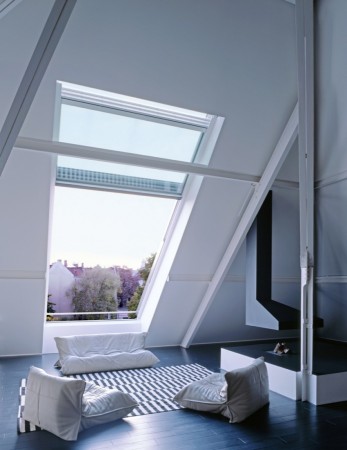
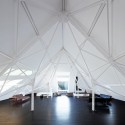
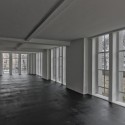
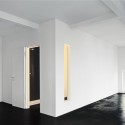
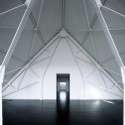
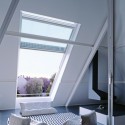
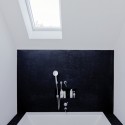
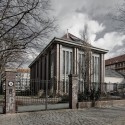
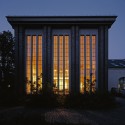
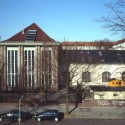
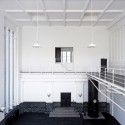
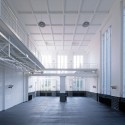
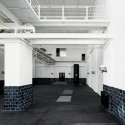
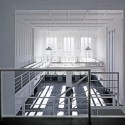
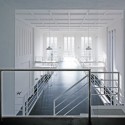
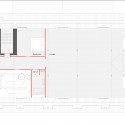
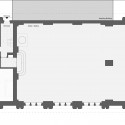
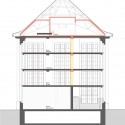
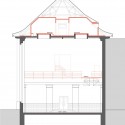
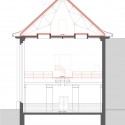
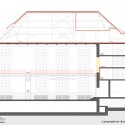
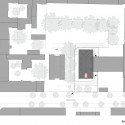

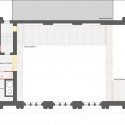
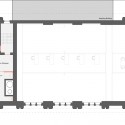
No comments:
Post a Comment